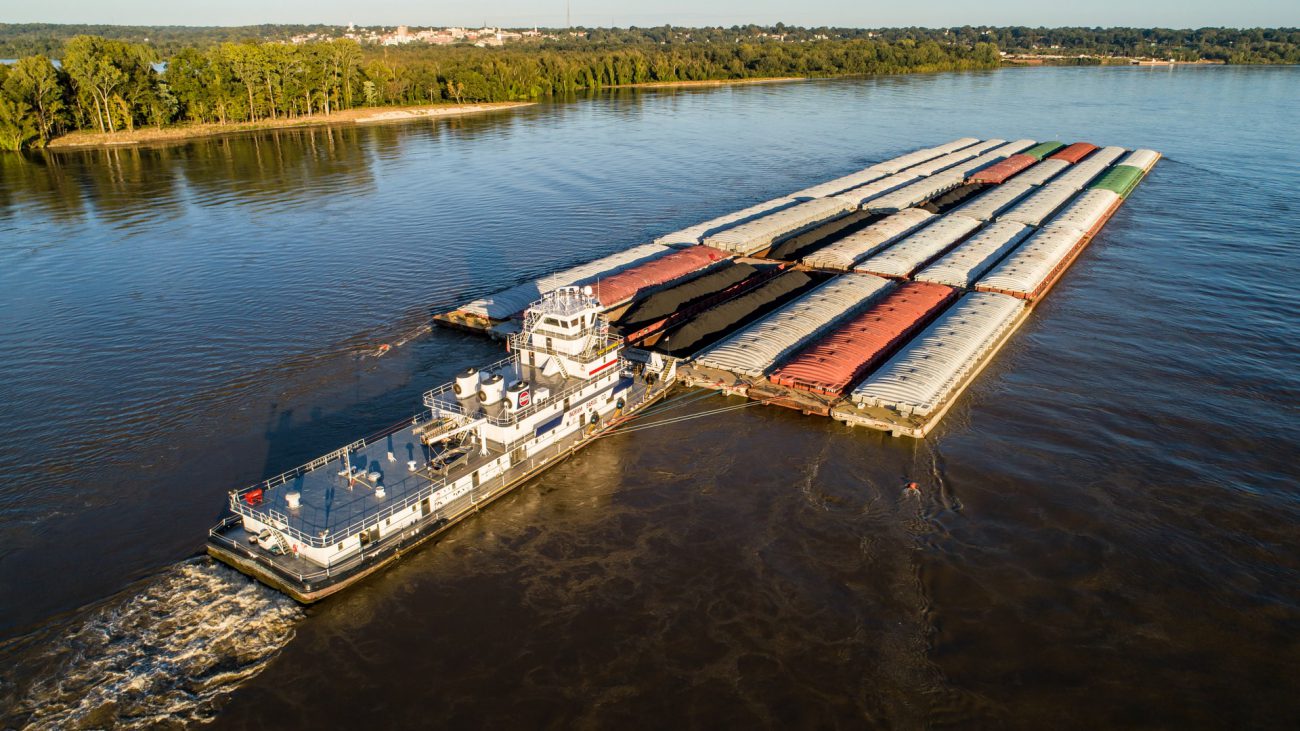Have you ever wondered what exactly is a barge? Perhaps you are in the cargo transportation business? In any case, it might be useful to learn more about barges, be it for business or simply improving your knowledge. This short guide will discuss barge features, their types, sizes, and more.
So, how do you use a barge?
Barges are long boats that transport goods on waterways. They often have flat bottoms and are not self‑propelled but tugged or towed by other vessels, especially dry bulk barges. People do not use barges to travel across seas because they are flat and have shallow drafts. If a strong storm were to arise, the waves could easily flip the barge.
A barge is also not the same thing as a boat. A boat is any type of vessel, intended for carrying, fishing, leisure, etc. On the other hand, a barge is usually only intended for carrying cargo. They are also often bigger than boats and quite different from yachts.
However, there is also a concept of luxury barges. As you might guess, they are for leisure rather than work. They are more common in Europe, which has some very nice-looking canals to explore by barge. Some hotel barges, which have comfortable cabins to live at, offer tours aboard barges for several days.
Types of barges
Dry bulk barges. They carry dry goods, including grains, sand, minerals, etc. They are probably not what comes to mind when people think about ships: these barges look like big steel rafts. Dry bulk barges can have covers for the cargo box for weather-sensitive cargo.
The opposite of such barges is liquid cargo barges or tank barges, which carry liquids. The most common cargo is fuel, chemicals, vegetable oil, and water. Tank barges are often not as flat as dry bulk barges and look more like usual ships.
Split hopper barges. These boats are self-discharging: they have all the necessary gear to discharge cargo and do not need outside help. Of course, such a barge does not have as much space as dry bulk barges, for example. Split hopper barges are often used in marine construction. They can also be self-propelled.
Some rarer types include car floats, royal barges, and houseboats. Car-float barges, mostly used in the 20th century, have railroad tracks and transport train cars and other rolling stock. Royal barges are used in some monarchies, such as the United Kingdom and Thailand: monarchs use them to travel on rivers. Houseboats are for living, as the name suggests. They are popular in Canada, Cambodia, or Thailand.
Barge sizes
Barges are also often classified according to size since it matters a lot. The size of the barge you need depends on what you are planning to transport.
Regarding the length, a typical American barge can be around 195 by 35 feet. In Europe, barges tend to be larger: 251 by 37 feet. Barges are also measured in TEUs or FEUs. They stand for twenty-feet equivalent and forty-feet equivalent, respectively, and refer to 20 or 40 feet containers.
According to Marine Insight, barges of 180 feet are the least popular; barges of 300 are used most commonly. Of course, if you have lots of cargo and need to transport as much as possible at once, larger barges might be better. In other cases, smaller barges will be cheaper and more comfortable.
Do you need a barge? Then consider renting one on XRental. We offer liquid cargo, dry bulk barges, and self‑propelled barges for affordable prices.



